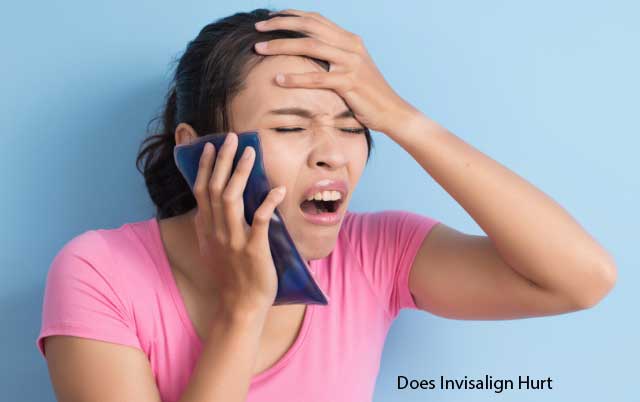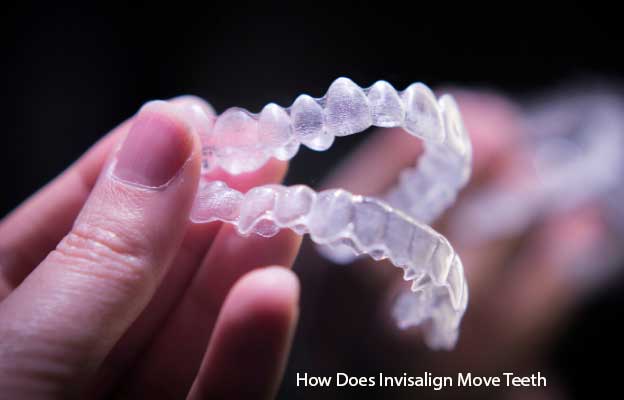
Homemade treatment for bruxism can worsen symptoms and cause irreversible damage to the joints and teeth.
Buxism, a more serious neuromuscular disorder than imagined
Frequent headaches, difficulty opening your mouth on waking and intense wear on your teeth. For most people, these may just be signs of day-to-day anxiety and stress.
But what few know is that the situation can be a sign of bruxism, a neuromuscular disorder characterized by the clenching or grinding of the teeth that can bring complications far beyond the discomfort and damage to the teeth.
The bruxism to complicate somewhat the diagnosis, often appears in outbreaks. When we are ready to schedule an appointment with the dentist, the pain goes away.
However, the asymptomatic action of bruxism continues even if you are not aware, and the damage to teeth, muscles and joints can progress until there is no turning back.
And to make the problem even worse, home treatments promise to cure the disorder. But do they really work?
The progression of dental wear by bruxism may be a consequence of the adoption of home treatments.
How home treatment for bruxism can further complicate the disorder
Bruxism requires professional help to treat it safely. Not surprisingly, most individuals undergoing professional therapy report some experience with home treatment for bruxism. Almost always, the reports give account of momentary reliefs that reappear in a few weeks.
But, in fact, the supposed treatment is nothing more than tips that, depending on the situation, alleviate the symptoms but bring more serious complications soon after. A more serious problem than it may seem.
Home treatment for bruxism does not provide resolving treatment for the disorder. Quite the opposite. The clenching and grinding of teeth continues and can still lead to fractures and tooth loss.
Other than that, there is also a suspicion for damage to the temporomandibular joint (TMJ), a problem that, although not scientifically proven so far, brings from limitations and blocking the opening of the mouth to terrible pain in the ear - situations that only tend to increase when reliable therapies are not adopted.
Homemade plates for bruxism carry even higher risks
In addition to tips for the home treatment of bruxism, homemade plates for the relief of symptoms also permeate the web.
These are, in fact, soft self-molded plates for the protection of teeth for sports activities.
Bulky and without adequate contact with antagonistic teeth, they can even displace the condyles of the temporomandibular joint, in addition to muscle stretches during use.
Another confusion regarding bruxism plates concerns the rigidity of the device. They can be made rigid (acrylic) or soft (silicone), have different indications and cannot be confused.
While rigid is indicated for most situations, mole has restricted and exclusive use for painful outbreaks due to temporomandibular joint (TMD) dysfunction, or in the treatment of centric bruxism, a rare form of the disorder that affects only 5% of individuals with the problem.
Although popular, the use of soft plates to treat bruxism is restricted to 5% of cases.
Medicines and muscle relaxants should be consumed with caution
The muscular and dental pains characteristic of bruxism are more frequent in periods of psychological stress.
If not treated in time, they can develop into a chronic condition with weekly manifestations.
An uncomfortable and worrying picture. At these times, medications and muscle relaxants may be needed to relieve symptoms.
The problem is that, used as a single measure for treatment, and despite the momentary relief of symptoms, they can aggravate the symptoms even more. So, use them only after your dentist's prescription.
Exercise and physiotherapy are not part of the standard treatment for bruxism
Among the tips for the home treatment of bruxism are muscle exercises that simulate a supposed physiotherapy for symptom relief.
However, adopting them can increase the strength and activity of the masticatory muscles, worsening the symptoms.
The ideal is to go in the opposite direction of homemade measures: to restrict the activity of the masticatory muscles as much as possible and to adopt, while the pain lasts, a soft diet based on foods that do not offer resistance during chewing.
Botulinum toxin to treat TMD should be avoided in outbreaks of bruxism
Botulinum toxin is a very popular therapeutic alternative in the treatment of symptoms of temporomandibular disorder (TMD).
By paralyzing muscles close to the anomalous structures of this joint, the injection of the substance relieves severe pain and protects the site from damage that can even be irreversible, such as crackling and crackling when opening and closing the mouth.
However, the use of these toxins in outbreaks of bruxism proves to be inefficient and still poses risks for facial asymmetries.
Another wrong indication among the tips for home treatment of bruxism.
The use of botulinum toxin is indicated for the disorder in the temporomandibular joint.
The treatment for bruxism
Bruxism has no definitive treatment, another reason to eliminate homemade tips. Thus, therapy consists of momentary neuromuscular deprogramming and protection of dental surfaces to prevent progressive wear.
And, for that, it is essential to make personalized acrylic plates that prevent the tightening and creaking of cyclic and constant disturbance, be it nocturnal (most common) or daytime.
Still, other procedures are part of the treatment. And among them are:
- hot water compresses on the facial muscles, making acrylic plates (most common) or resilient (restricted cases)
- adoption of a soft diet (soups, juices, mashed potatoes, pasta)
- drug therapy
- occlusal adjustment (correction of the patient's bite)
- orthodontic treatment
- replacement of worn restorations
- exchange of resin restorations for the porcelain technique
Valid tips to relieve symptoms during painful outbreaks
The presumed home treatment for bruxism includes some tips that, yes, are valid for relieving the symptoms of the disorder.
Adopted in conjunction with the procedures performed by the dentist in professional therapy, they include several measures that aim, in short, to decrease the muscle activity of the muscles responsible for chewing.
While some of them require the elimination of parafunctional habits such as biting pens, others address a healthier and stress-free life. Not easy to be adopted!
- eliminate parafunctional habits such as biting nails, pencils and pens
- the habit of chewing gum increases the strength of the masticatory muscles and intensifies the pain: abandon it immediately
- adequate pillows and mattresses are important to minimize muscle injuries associated with bruxism
- adopt healthy habits to reduce day-to-day stress
- postural position in professional or study activities are associated with the disorder: correct it
- heavy training for muscle hypertrophy in gyms has already been scientifically proven to intensify symptoms: talk to your physical educator
- add natural products to your diet that act as tranquilizers, such as melissa or fennel teas
Be careful not to confuse bruxism with TMD (temporomandibular disorder)
The confusion between bruxism and temporomandibular disorder (TMD) is old.
While the former is characterized by muscle hyperactivity responsible for the excessive and unconscious clenching or grinding of teeth, TMD has signs and symptoms of damage to the joints (ligaments, fibrous capsules and bone) between the jaw and the skull.
And the causes are also different. In TMD, the problem can appear due to mechanical arthrosis and trauma - the most common causes -, while bruxism is caused by a neuromuscular motor alteration caused by stress.
Another important point regarding these two disorders concerns the possibility of bruxism being the cause for TMD.
And, in fact, everything leads us to believe so. Only, for now, the scientific evidence that supports this theory is still contradictory.
In other words, it is impossible to say, for now, that one problem leads to the appearance of the other.
And as if the complexity of the issue were not enough, the home treatment of bruxism appears as an additional factor for the worsening of symptoms.
A problem that only gets in the way of definitive therapy.











Please Do not enter any spam Link in the comment box.